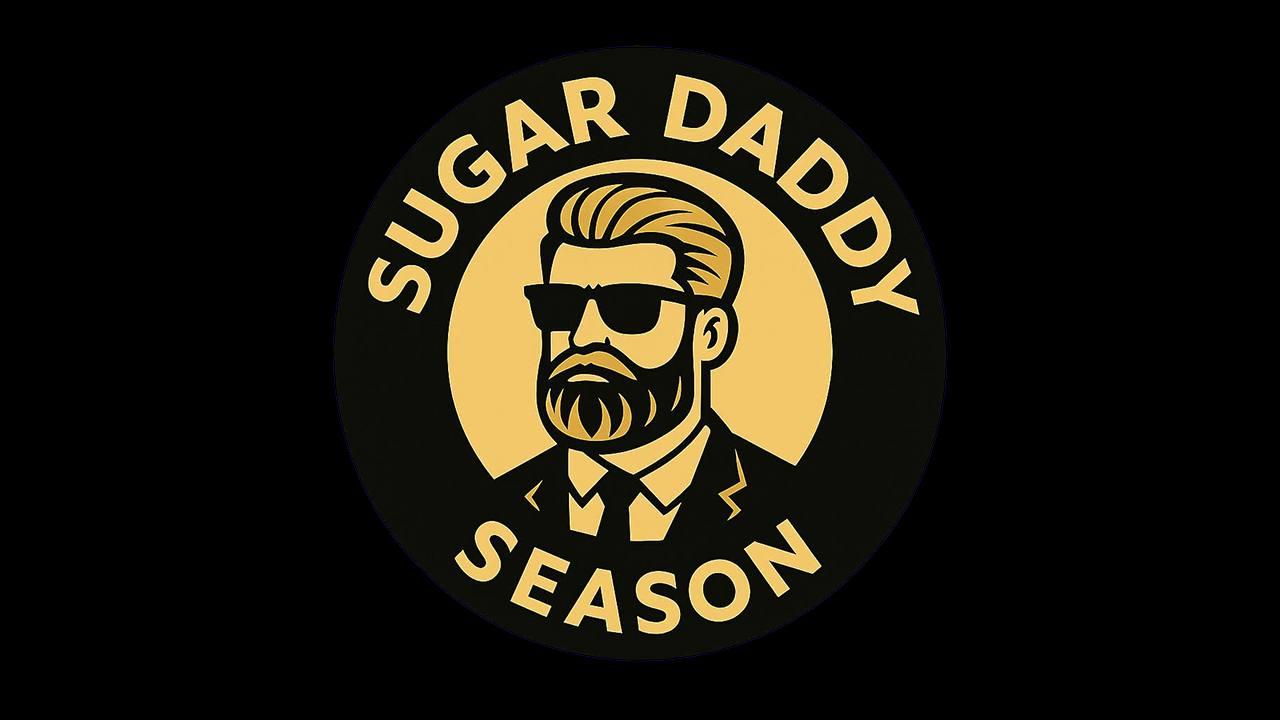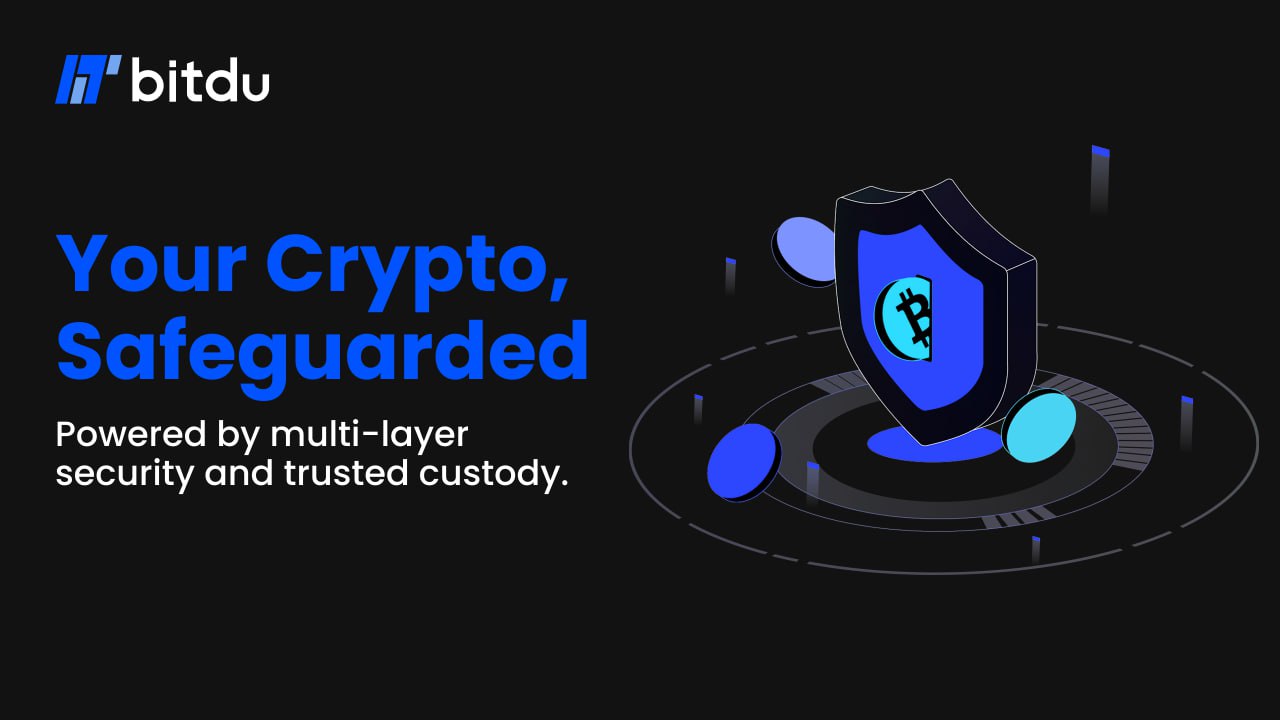Data scraping, also known as web scraping, is a computer science technique used to extract data from websites and store it in local databases or other applications using software. This method is commonly utilized to gather content, pricing information, or contact details from various online sources.
Data scraping involves two main components: the crawler and the scraper. The crawler, also referred to as a “spider,” is an artificial intelligence mechanism that navigates through hyperlinks and search engines to search for and retrieve data from the internet. Once relevant data is found, it is sent to the web scraper.
The web scraper is a specialized tool designed specifically for extracting data from online web pages. It uses data beacons within the HTML file, such as XPath, CSS selectors, regex, or a combination of these protocols, to identify and extract the desired data.
Data scraping is widely used in market research to gather, analyze, and monitor product/service data. This information assists in decision-making, content production, and marketing activities.
Businesses employ data scraping to maintain competitiveness. For example, a company investing in product marketing to boost sales may be unaware that their competitors are using business automation technologies and web scrapers to gain an advantage. By quickly identifying a competitor’s new pricing through web scraping, they can respond promptly and maintain their market dominance.
Automated methods are generally preferred in data scraping due to their cost-effectiveness and efficiency. Manual data scraping is possible, but it can be time-consuming and labor-intensive.
However, web scraping can present challenges as websites vary in structure and requirements. It is crucial to ensure that web scrapers are compatible with the targeted sites to achieve accurate and reliable results.
The e-commerce and sales industries extensively utilize web scraping to track prices and generate leads. Web scraping is also gaining popularity in online financial transactions, enabling the automated extraction and structured storage of data from various sources for systematic review.
In the world of blockchain, data scraping can be employed to conduct comprehensive market studies and extract historical cryptocurrency market data. Experienced traders can monitor crypto prices and gain insights into the overall market cap using automated data scraping tools.
While data scraping has legitimate legal uses, it can also be misused for unlawful purposes. Spammers and fraudsters often employ data scraping techniques to collect email addresses for spamming or gain unauthorized access to websites and corporate intranets for malicious activities.
It is essential to note that data scraping should always be conducted within the bounds of legal and ethical guidelines. Respect for website terms of service, privacy policies, and applicable data protection laws is crucial. Additionally, obtaining explicit consent from website owners or administrators is recommended to ensure compliance.
Overall, data scraping is a powerful tool that allows businesses and individuals to gather valuable information from the internet efficiently. However, it is crucial to use data scraping responsibly and ethically to maintain trust and integrity within the online ecosystem.















